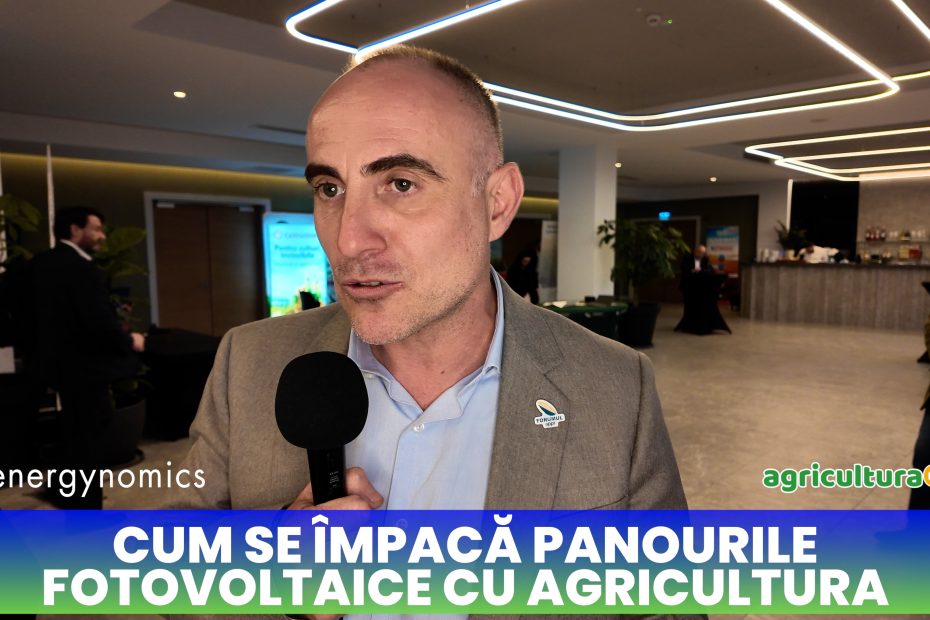Adrian Mihai, agricultura.video
Theodor Ichim is a farmer from Constanta county and leads one of the most powerful organizations in the sector, FAPPR – Forum of Professional Farmers and Processors in Romania. He is a strong supporter of the policy of financing the use of renewable energy by farmers, for processing, but especially for irrigation.
“Many times I have spoken and I have conveyed to politicians, including the current minister, giving the following example, given that energy in irrigation is subsidized by the Ministry of Agriculture. I said to the minister then: rather than giving us fish every year, rather than giving us half of the energy we consume every year, give us better scores and budgets for investments in renewable energy and help us produce our energy for irrigation,” says Ichim. He believes it makes more sense to subsidise production facilities than the energy consumed for irrigation.
Soil and ponds are also “batteries” for electricity
The storage of electricity from renewable resources used for irrigation should be viewed differently from traditional storage in batteries. Additional points went to conventional installations, but Ichim believes that in irrigation, energy can also be stored in a lake or reservoir or even the irrigated field for supply. “The energy I produce turns into water in my plant or water in my field.” On the other hand, he agrees that photovoltaic plants designed to power silos should have battery storage systems.
Floating panels are not a solution
One of the topics launched for public discussion concerns the use of floating panels on irrigation canals. Theodor Ichim believes that they are not a solution for Romanian farms, as the canals are generally trapezoidal in shape and when they empty, the panels would hang on the walls of the canals, which could damage them. If panels as wide as the bottom of the canal were used, they would not cover the entire water surface. Covering channels with panels is beneficial because it eliminates evaporation losses, but the system must involve supporting them on metal frames.
Photovoltaics, when for agriculture only
The farmer leader believes that the land should be used for agriculture and that photovoltaic panels should only be placed when they serve the same purpose, investment in agriculture. He disputes the idea that land subject to desertification could be used for investment in photovoltaic energy production. As long as there are no studies showing that land covered in this way could restore its agricultural potential, it should not be used for electricity production either. Instead, he agrees with wind turbines, but with some reservations: “If there is consensus between farmers and renewable energy producers, if there is communication and if these turbines are installed in places where the farmer is not hindered, where he is not hindered in his work, then why not coexist? But if the farmer is not the owner of the land and a turbine developer comes and plants a turbine in the middle of the sun, because that’s where he found to rent or buy, the man is entangled and can no longer irrigate, can no longer turn his pivots, can no longer do his work properly,” says Ichim. He believes the two sides could win together if they harmonised their interests.
